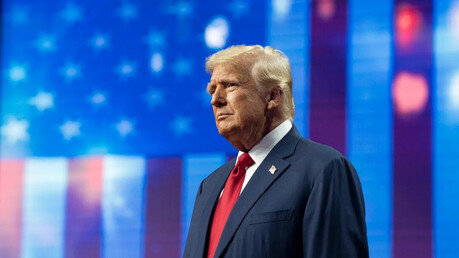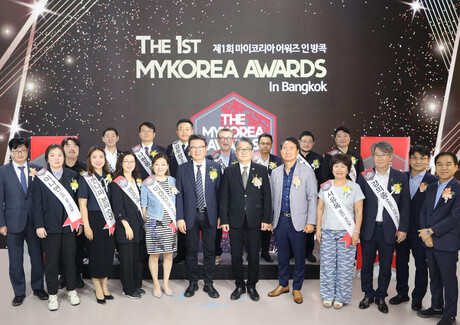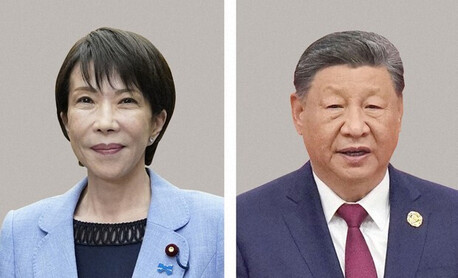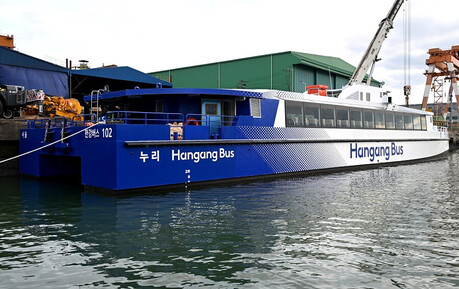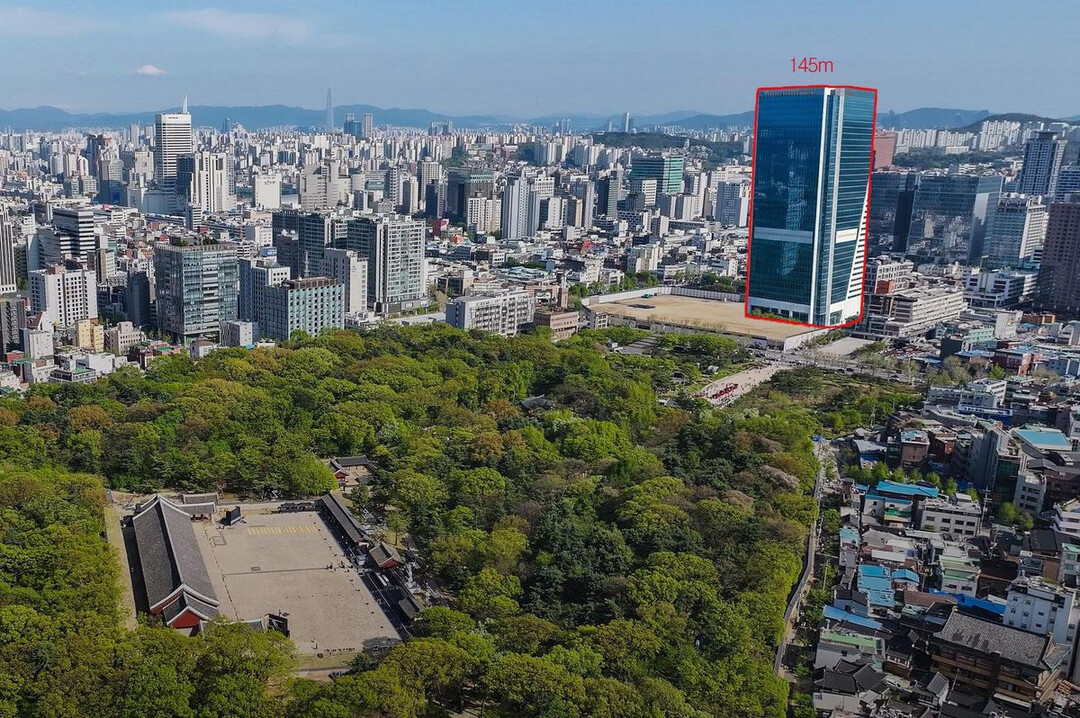
(C) Seoul Metropolitan Government
SEOUL — The Korea Heritage Service (KHS) is pushing the Seoul Metropolitan Government for greater cooperation and immediate action following a formal diplomatic statement from the UNESCO World Heritage Centre expressing serious concern over the city’s revised development plan for the Sewoon District 4, which permits significantly taller high-rise construction directly across from the revered Jongmyo Shrine, a UNESCO World Heritage site.
The dispute centers on the city's recent decision to nearly double the maximum building height limit in the Sewoon District 4 redevelopment zone—located approximately 180 meters from the shrine's main entrance—from $71.9$ meters to $145$ meters at its southern end. This change, which follows a Supreme Court ruling on November 6th that cleared the way for the city to proceed, reverses height limits initially set seven years ago in consultation with the KHS.
UNESCO Demands Impact Assessment and Suspension
On Monday, Huh Min, Chief of the KHS, confirmed at a press conference that the agency received a formal statement on Saturday night from the UNESCO World Heritage Centre. The U.N. body, citing a prior report by the International Council on Monuments and Sites (ICOMOS), voiced concern that high-rise development in the Sewoon 4 District could "compromise the historical and cultural integrity of Jongmyo."
Specifically, UNESCO urged the city to take “strong measures,” including conducting a thorough heritage impact assessment and submitting its findings to the World Heritage Centre. Crucially, the statement calls for the suspension of any redevelopment approval until UNESCO and its relevant advisory bodies have completed their comprehensive review. The KHS has officially forwarded this diplomatic statement to the city government.
Jongmyo's Significance and KHS’s Response
Jongmyo Shrine, established in 1395, is a site of profound historical and cultural importance, having housed ancestral rites for the kings and queens of the Joseon Dynasty ($1392-1910$). Inscribed on the UNESCO World Heritage List in 1995, it is globally recognized as the oldest and best-preserved Confucian royal shrine in East Asia.
In response to the mounting international pressure and domestic controversy, the KHS has taken steps to reinforce the shrine's legal protection. Following its official designation of Jongmyo and its surrounding area as a World Heritage District on November 13th, the state agency announced plans to work with relevant government bodies to revise the Enforcement Decree of the Special Act on Conservation, Management and Utilization of World Heritage. This revision aims to establish a clearer, more robust regulatory framework for protecting World Heritage sites in South Korea.
Furthermore, KHS proposed an urgent working-level meeting with the city government. Chief Huh stated, “We ask the city government to conduct a heritage impact assessment so that any redevelopment can address residents’ concerns while still safeguarding the cultural, historical and environmental significance of Jongmyo.”
City Pushes Back Against KHS
The Seoul Metropolitan Government quickly issued a statement pushing back against the KHS's demands and criticism, arguing that the issue "should not be misrepresented as though Jongmyo is on the verge of losing its World Heritage status."
The city criticized the KHS's actions as reactive, noting that the agency designated the surrounding area as a World Heritage District only after the Sewoon 4 District redevelopment became controversial. A city spokesperson argued, “This shows that the KHS failed to fulfill its duties in a timely manner and is now using the designation to target a specific project,” suggesting the KHS is inappropriately using its designation authority to obstruct the redevelopment.
The escalating dispute between the national heritage agency and the city government highlights a fundamental conflict between urban development objectives and the stringent requirements for preserving the Outstanding Universal Value of a globally recognized cultural landmark. All eyes remain on Seoul as stakeholders await the city's official response to UNESCO's direct request for an impact assessment and suspension of the project.
[Copyright (c) Global Economic Times. All Rights Reserved.]




















